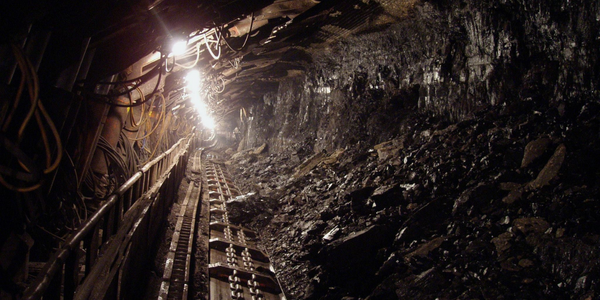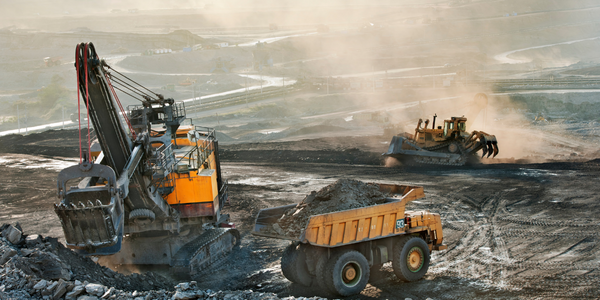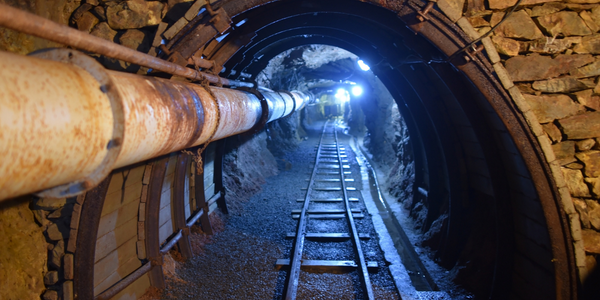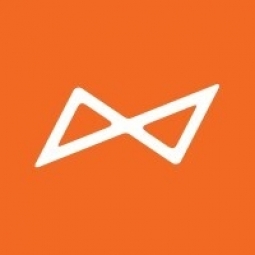Technology Category
- Infrastructure as a Service (IaaS) - Cloud Computing
- Platform as a Service (PaaS) - Application Development Platforms
Applicable Industries
- Cement
- Mining
Use Cases
- Building Automation & Control
- Time Sensitive Networking
Services
- System Integration
About The Customer
Riot Games is a gaming company best known for their game League of Legends, which has over 150 million registered users and hosts the most widely viewed and followed esports tournament globally. The company was founded in 2006 by Brandon Beck and Marc Merrill and is currently led by CEO Nicolo Laurent. Riot Games is headquartered in Los Angeles, California, and has over 2,500 employees, known as Rioters, in more than 20 offices around the globe. The company's debut title, League of Legends, is the most-played PC game in the world and a key driver of the explosive growth of esports.
The Challenge
Riot Games, the company behind the globally popular game League of Legends, was struggling to manage and derive value from the vast amounts of data generated by its over 150 million registered users. The company had a growing Databricks lakehouse on their AWS S3 cloud storage service, but finding valuable information within this data lake was proving to be a challenge. The analysts at Riot Games needed the right data to derive insights using their Tableau business intelligence platform, but the engineering teams were constantly bogged down with questions about the data. The engineers were repeatedly answering the same questions, which was taking up valuable time that could have been spent on more meaningful projects. The company needed a solution that would allow analysts to self-serve and self-educate, reducing the burden on the engineering teams.
The Solution
Riot Games turned to Alation, a data intelligence platform, to help both their analysts and engineers become smarter about data. The platform allows analysts to use keyword searches to discover the data they need and explore it in depth, down to the schema, table, and column level. They can then run queries and create reports in Tableau directly from Alation. Engineers, on the other hand, use Alation to catalog and curate metadata from the thousands of tables and datasets they create every day. This reduces the number of direct inquiries from analysts, freeing up engineers’ time for more meaningful projects. To further improve the workflow, Alation Professional Services created an event-based metadata extraction (MDE) API that updates the Alation catalog whenever engineers create or change a table in Databricks. This allows engineers to add their annotations to the newly created table within minutes, and move on with their work.
Operational Impact
Quantitative Benefit

Case Study missing?
Start adding your own!
Register with your work email and create a new case study profile for your business.
Related Case Studies.

Case Study
System 800xA at Indian Cement Plants
Chettinad Cement recognized that further efficiencies could be achieved in its cement manufacturing process. It looked to investing in comprehensive operational and control technologies to manage and derive productivity and energy efficiency gains from the assets on Line 2, their second plant in India.

Case Study
Underground Mining Safety
The goal was to produce a safety system to monitor and support underground mining operations; existing systems were either too simple (i.e. phone line) or overly complex and expensive, inhibiting deployment, and providing little-to-no support in event of an accident. Given the dangerous nature of the mining work environment and the strict regulations placed on the industry, the solution would have to comply with Mine Safety and Health Administration (MSHA) regulations. Yet the product needed to allow for simple deployment to truly be a groundbreaking solution - increasing miner safety and changing daily operations for the better.

Case Study
Mining Firm Quadruples Production, with Internet of Everything
Dundee Precious Metal’s flagship mine, in Chelopech, Bulgaria, produces a gold, copper, and silver concentrate set a goal to increase production by 30%. Dundee wanted to increase production quality and output without increasing headcount and resources, improve miner safety, and minimize cost.

Case Study
Fastenal Builds the Future of Manufacturing with MachineMetrics
Fastenal's objective was to better understand their machine downtime, utilization, quality issues, and to embrace cutting-edge manufacturing technology/process improvement capabilities to bring their team to the next level. However, there was a lack of real-time data, visualization, and actionable insights made this transition impossible.

Case Study
Joy Mining Systems
Joy equipment faces many challenges. The first is machine integration and control. The business end of the machine has a rapidly-spinning cylinder with 6-inch diamond-studded cutting teeth. It chews through rock at rates measured in tens of tons per minute. The system grinds through the rock in front, creating a rectangular mine tunnel. Hydraulic lifters support the ceiling as the machine moves forward. Automated drills and screws drive 3-ft long screws into the ceiling to stabilize it. The rock and coal fall into a set of gathering "fingers" below the cutting cylinder. These fingers scoop up the rock and coal and deposit it onto a conveyor belt. The conveyor passes under the machine and out the back. A train of conveyor belt cars, up to a mile long, follows the cutter into the mine. The rock shoots along this train at over 400 feet per minute until it empties into rail cars at the end. Current systems place an operator cage next to the cutter. Choking dust (potentially explosive), the risk of collapse and the proximity of metal and rock mayhem make the operator cage a hazardous location.








